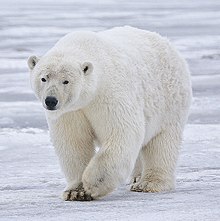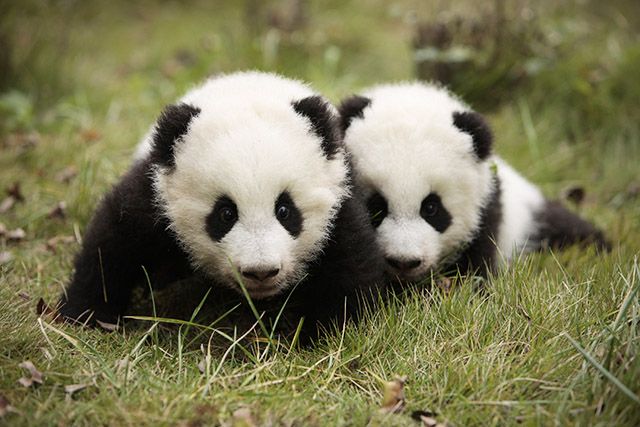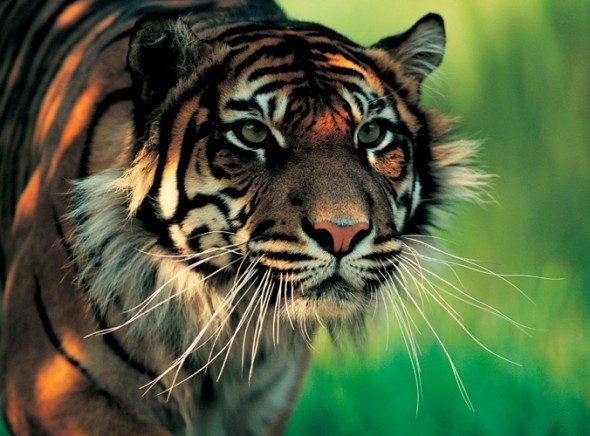
Penguins need cold water to survive as they are particulary sensitive to climate change. Even penguins living in warm regions such as Galapagos Penguins and Humbold Penguins depend on ocean currents carrying large volume of cold water, nutrients, and the algae that feed on these.
El Nino causes abundant of rainfall and makes the surface temperature of the Antarctic Ocean to rise. As a result, a layer of hot water on the surface prevents the nutrient- rich cold waters from ascending, so the small animals that need them such as krill, especially in Antarctic could see their food sources reduced.
Poorly fed pengunis are more vulnerable to diseases and death. Penguins are also in need of ice layers for their young, if the ice breaks many chicks may fall into the ocean before they have the feather insulation to protect them from the icy waters.

Polar Bears are dependent on the sea ice which are currently vulnerable to climate change. Polar Bears rely heavily on the sea ice environment for travelling, hunting, mating, resting and in some areas maternal dens. In particular, they depend heavily on sea ice- dependent prey.
It is also important to increase monitoring of Polar Bear populations, particulary their responses to declining sea ice. As Polar Bears spend more time on land, we need to be prepared to manage for increased human- polar bear conflict.

Giant Panda diets are about 90% Bamboo. For this reason, Giant Pandas can be left with no food due to the climate change.
Bamboo is subject to periodic, synchronous flowering and die- off, forcing giant panddas to relocate to areas with healthy bamboo. Bamboo has a slow colonization rate, and may not be able to shift to higher elevations or latitudes at the same rate as girant pandas might.

Tigers are effects by climate change through many reasons.
Rising sea levels are involved by higher waters erode in the patchworks of the islands Tigers are. This results in salt water to migrate into fresh water, polluting the tigers drinking source. Tigers must find new freshwater sources and more to higher ground, escalating conflicts with communities living there.
Temperature changes – Shifting temperatures are altering habitat for Siberian tigers in Russia and China, as Korean pine forests give way to fir and spruce trees – meaning less prey for the hungry tigers that prefer to hunt in pine forests.
Natural Disasters – as climate change accelerates, scientist predict more frequent wildfires in the remote regions where Siberian tigers live. Long, hotter and drier wildfire seasons are the new reality, threatening Siberian Tiger habitat and food supplies. Climate change also drive more intense storms and flooding that ruins crops, forcing people to travel farther from their homes and into tiger territory to make a living.